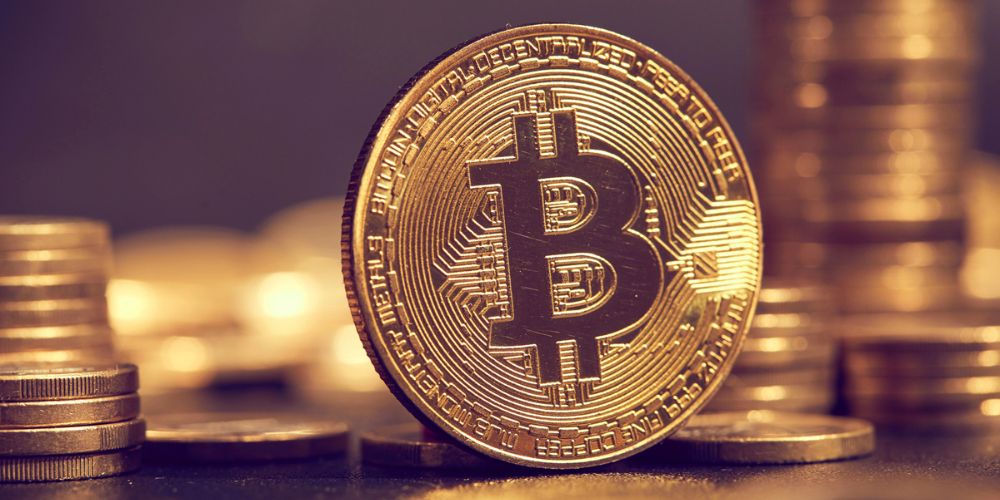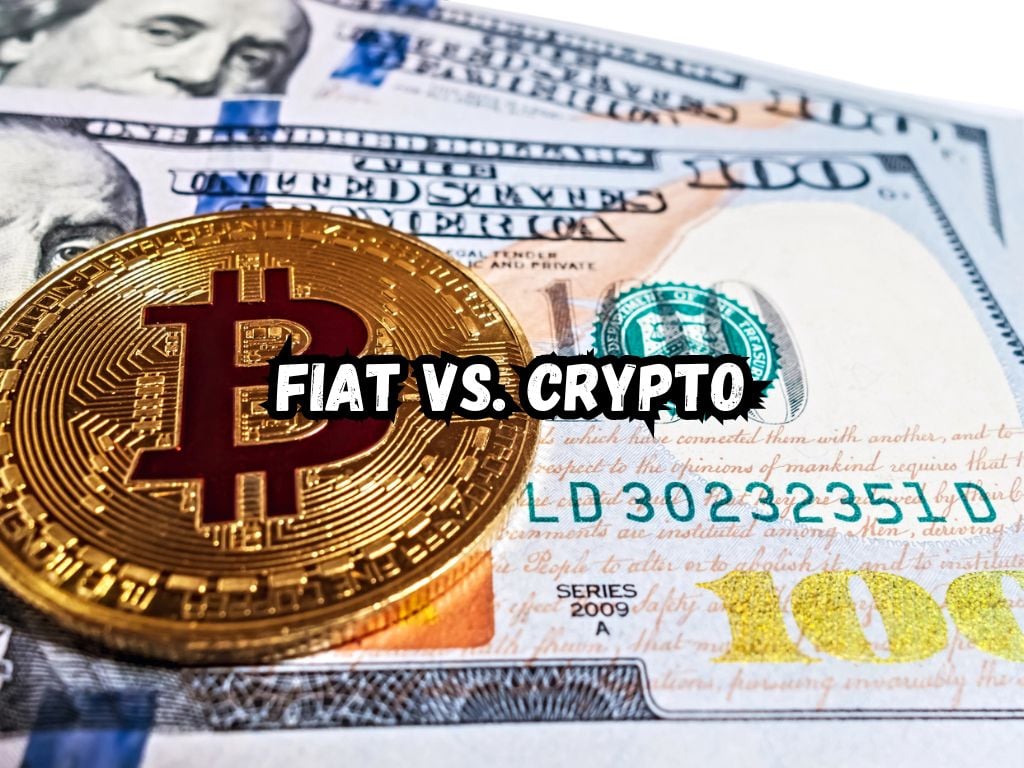The course of financial history has been marked by a continuous evolution in the ways people transact. From barter systems to coins and then paper currency, each step has reflected the needs and technologies of the times.
Nowadays, two major forms dominate the discussion: fiat money, which has been around in some form for centuries, and cryptocurrency, a much more recent innovation.
Understanding the differences between fiat vs crypto is crucial for anyone interested in the future of commerce, investments, and finance.
The Basics of Fiat Money
What is Fiat Money?
Fiat money is currency that a government has declared to be legal tender, but it is not backed by a physical commodity. Instead, its value comes largely from the public’s trust in the issuer, typically the nation’s government or central bank.
Characteristics of Fiat Money
Fiat currencies are indicative of modern economies. They are backed not by physical goods but by the trust that individuals and governments place in them. Governments issue these currencies and establish their legal tender status.
Fiat money comes in both physical forms — like banknotes and coins — and digital forms — such as bank credit. Economically, the values of fiat currencies are subject to changes in inflation and deflation, which governments attempt to control through monetary policy.

The Fundamentals of Cryptocurrency
What is Cryptocurrency?
A cryptocurrency is a form of digital or virtual currency that uses cryptography for security. Unlike fiat currency, it operates on a decentralized system typically via a technology called blockchain.
Key Features of Cryptocurrency
The decentralized nature of cryptocurrency means there is no central authority like a government backing it.
Many cryptocurrencies are designed to have a limited supply, a stark contrast to fiat currencies, which can be printed at will by central banks. This cryptographic setup not only secures the transactions but also governs the creation of new units.
Fiat vs Crypto: A Comparative Analysis
Control and Regulation
Fiat currencies are regulated by central authorities such as central banks and governments. They control everything from the printing of money to setting interest rates.
Cryptocurrencies, on the other hand, are typically governed by decentralized protocols, meaning no single entity controls the currency.
Transparency and Security
Thanks to blockchain technology, all cryptocurrency transactions are recorded on public ledgers, promoting transparency and making transactions easy to trace while safeguarding privacy.
Fiat systems, being more opaque, can sometimes be susceptible to corruption. However, fiat systems have mature legal frameworks for tackling fraud, which are still developing for crypto.
Accessibility and Adoption
Cryptocurrencies excel in making money accessible to anyone with internet access, without needing an intermediary like a bank.
Adoption of crypto is growing but is hampered by volatility and regulatory issues compared to the widespread acceptance of fiat currencies.
Volatility and Investment Potential
Fiat currencies are relatively stable which makes them good for everyday transactions. Cryptocurrencies, however, are highly volatile, which presents higher risks but also higher potential rewards, drawing the interest of investors.
The Economic Implications
Impact on Traditional Banking and Financial Systems
Cryptocurrencies propose a significant shift from traditional banking and can act as financial inclusion tools especially in underbanked regions. However, they also challenge the current banking infrastructure, potentially marginalizing traditional banks.
The Future of Transactions
With features like smart contracts, cryptocurrencies could redefine contractual transactions. They facilitate not only immediate transfers but also complex programmed agreements, offering promising advancements in efficiency and security over traditional contracts.

Legal and Regulatory Considerations
Government Stance on Cryptocurrency
Governments worldwide exhibit a spectrum of stances toward cryptocurrency, from outright bans to formal recognitions, all of which affect public adoption and the stability of crypto markets.
Taxation and Compliance
Investors and users of cryptocurrencies must navigate a complex landscape of taxation where the rules are often new, unclear, or in flux.
Frequently Asked Questions
Can cryptocurrencies replace fiat currency?
Cryptocurrencies could potentially replace fiat currency, as they offer digital, borderless, and decentralized alternatives. However, for widespread adoption, significant hurdles in regulatory acceptance, volatility management, and scaling must be overcome.
How are cryptocurrencies valued compared to fiat currencies?
Cryptocurrencies are valued based on supply and demand dynamics within exchanges, similar to stocks or commodities, unlike fiat currencies which can be influenced by economic policies and the state’s financial health.
What are the risks of investing in cryptocurrency as opposed to fiat?
Investing in cryptocurrencies carries higher risks including extreme volatility, regulatory changes, technological vulnerabilities, and a lack of established legal frameworks for investor protection unlike more stable and regulated fiat systems.
How do I start investing in cryptocurrencies?
To start investing in cryptocurrencies, conduct thorough research, choose a reliable cryptocurrency exchange or brokerage, set up an account, secure a digital wallet, and start with a small, affordable investment.
Are cryptocurrencies legal everywhere?
Cryptocurrencies are not legal everywhere; their legal status varies by country, with some embracing them, others imposing restrictions, while a few have outright banned their use and trade.
How can I convert cryptocurrency to fiat?
To convert cryptocurrency to fiat, use a cryptocurrency exchange that supports fiat transactions. Sell your cryptocurrency for fiat, and withdraw the funds to your bank account or alternative financial service.
Conclusion
As we have explored, both fiat money and cryptocurrencies offer unique advantages and challenges. The landscape is dynamic, with ongoing developments in technology, regulation, and market behaviors influencing the roles these currencies play.
For the foreseeable future, both forms of currency are likely to continue evolving and influencing each other in the global economy.
As fiat and cryptocurrency systems coexist and compete, individuals and businesses alike must stay informed and adapt to changing economic currents, preparing for a future that embraces diverse forms of money.


 Tags:
Tags:










